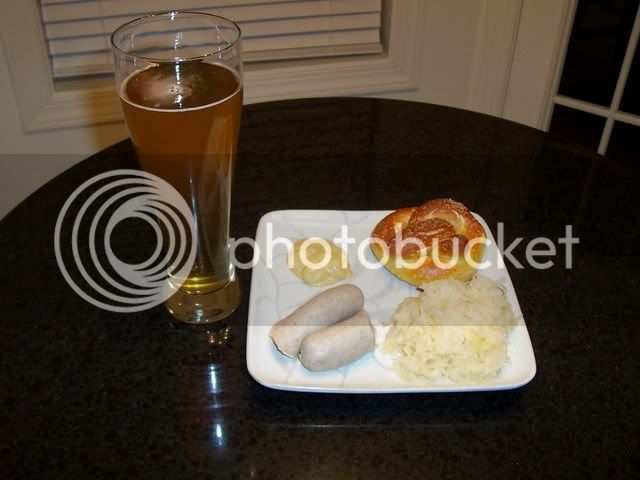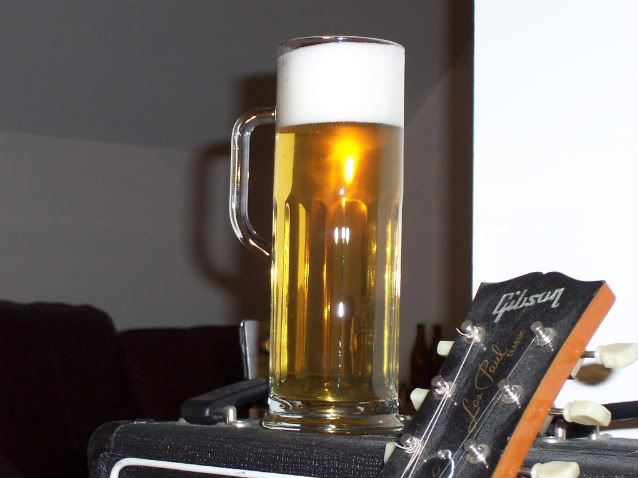NoNothing
Well-Known Member
Ive brewed 3 AG batches so far and I have yet to use a protein rest. I was told with wheat beers a protein rest is very important. So, I have a bit of a question about them.
The recipie Im looking at (5gal Kölsch (10lb of grain)) calls for 20 min PR at 122, 30 min Sac at 153, and a Mashout at 170 for 10mins.
If I want my ratio to be 1.25, where do I measure that 1.25? the final quantity after the mashout? or right after I heat up for the Sac rest? How much water should I be putting in for the PR?
The recipie Im looking at (5gal Kölsch (10lb of grain)) calls for 20 min PR at 122, 30 min Sac at 153, and a Mashout at 170 for 10mins.
If I want my ratio to be 1.25, where do I measure that 1.25? the final quantity after the mashout? or right after I heat up for the Sac rest? How much water should I be putting in for the PR?




